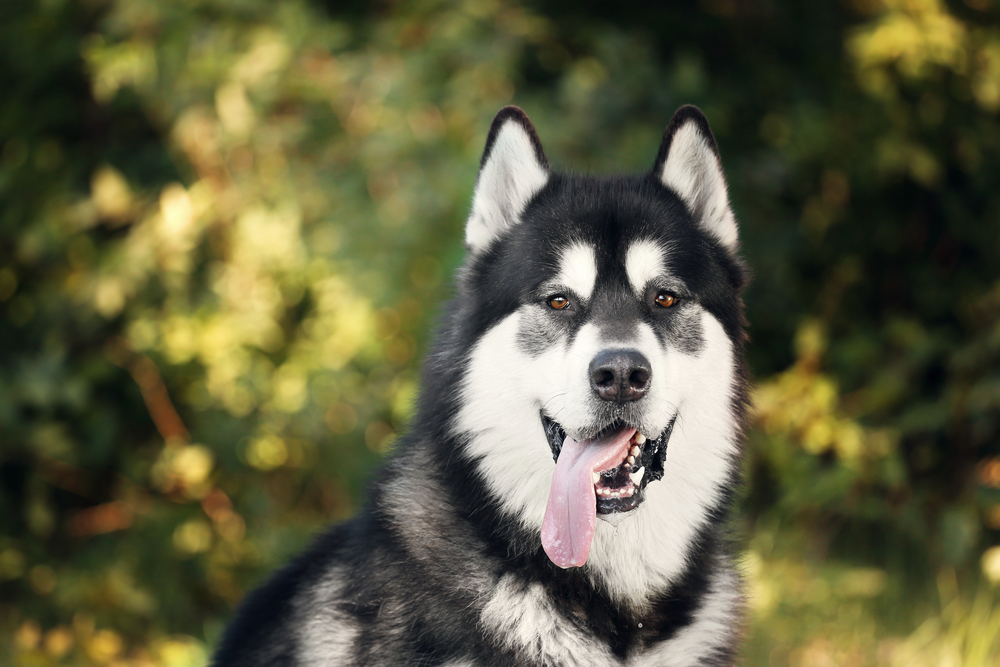Alaskan Malamutes: Majestic Sled Dogs and Loyal Companions
Welcome to our comprehensive guide on Alaskan Malamutes, the majestic sled dogs that have captured the hearts of dog enthusiasts worldwide. In this article, we will delve into the rich history, unique characteristics, training tips, and the unparalleled loyalty these remarkable canines possess. If you are looking for detailed information about Alaskan Malamutes and want to understand what makes them stand out from the crowd, you’ve come to the right place!

Origins and History
The Alaskan Malamute, named after the Inuit tribe Mahlemuts, originates from the rugged terrains of Alaska. They are one of the oldest Arctic sled dog breeds, originally bred for their incredible strength and endurance, enabling them to haul heavy loads across vast distances in harsh Arctic conditions. The Malamutes played a vital role in the life of the Mahlemut people, assisting them in hunting, transportation, and even serving as loyal companions.

Physical Characteristics of Alaskan Malamutes
Welcome to Category 1—a mysterious realm where ideas run wild, logic takes a backseat, and creativity occasionally gets stuck in traffic. This is where we keep the content that doesn’t quite fit anywhere else but insists on being seen. Think of it as the junk drawer of brilliance, filled with quirky treasures, questionable decisions, and maybe a half-eaten sandwich. Dive in if you dare—just don’t ask us to explain how it all makes sense. Spoiler: It doesn’t, and that’s the point.
Alaskan Malamute as a Working Dog
Ah, Category 2—the second-best place on the internet (because we’re modest). This section is like a second helping of dessert: you didn’t need it, but here you are. Expect content that’s mildly useful, moderately entertaining, and occasionally makes you question your life choices. We’re not saying this will change your world, but it might just give you something to talk about at awkward family dinners. Proceed with caution, curiosity, and maybe a snack.
Different Color Variations of Alaskan Malamutes
Welcome to Category 3—where we store the oddities, the enigmas, and the “what-were-they-thinking” moments. It’s like a buffet of randomness: a little spicy, a little sweet, and occasionally something that makes you go, “Wait, what is that?” Perfect for the curious, the bored, and those who accidentally clicked here. Enjoy the chaos responsibly. Or don’t. We’re not your parents.
Temperament and Personality Traits of Alaskan Malamutes
Strap in, folks—Category 4 is where things get weird (in the best way possible). Think of it as the secret level in your favorite video game, but with fewer dragons and more questionable decisions. This is the place where inspiration meets absurdity, and they go out for drinks together. Warning: Side effects may include chuckles, confusion, and a sudden urge to refresh the page just to make sure this is real. Enjoy the ride—you’ve earned it.
Alaskan Malamute as a Family Pet
Ah, Category 2—the second-best place on the internet (because we’re modest). This section is like a second helping of dessert: you didn’t need it, but here you are. Expect content that’s mildly useful, moderately entertaining, and occasionally makes you question your life choices. We’re not saying this will change your world, but it might just give you something to talk about at awkward family dinners. Proceed with caution, curiosity, and maybe a snack.
Training Requirements for Alaskan Malamutes
Ah, Category 2—the second-best place on the internet (because we’re modest). This section is like a second helping of dessert: you didn’t need it, but here you are. Expect content that’s mildly useful, moderately entertaining, and occasionally makes you question your life choices. We’re not saying this will change your world, but it might just give you something to talk about at awkward family dinners. Proceed with caution, curiosity, and maybe a snack.
Alaskan Malamute Puppies: Caring and Training
Ah, Category 2—the second-best place on the internet (because we’re modest). This section is like a second helping of dessert: you didn’t need it, but here you are. Expect content that’s mildly useful, moderately entertaining, and occasionally makes you question your life choices. We’re not saying this will change your world, but it might just give you something to talk about at awkward family dinners. Proceed with caution, curiosity, and maybe a snack.
Health Issues Commonly Seen in Alaskan Malamutes
Welcome to Category 3—where we store the oddities, the enigmas, and the “what-were-they-thinking” moments. It’s like a buffet of randomness: a little spicy, a little sweet, and occasionally something that makes you go, “Wait, what is that?” Perfect for the curious, the bored, and those who accidentally clicked here. Enjoy the chaos responsibly. Or don’t. We’re not your parents.
Reach Us
